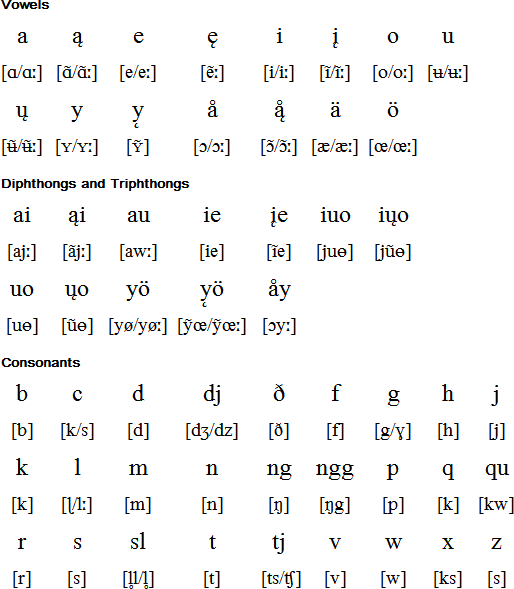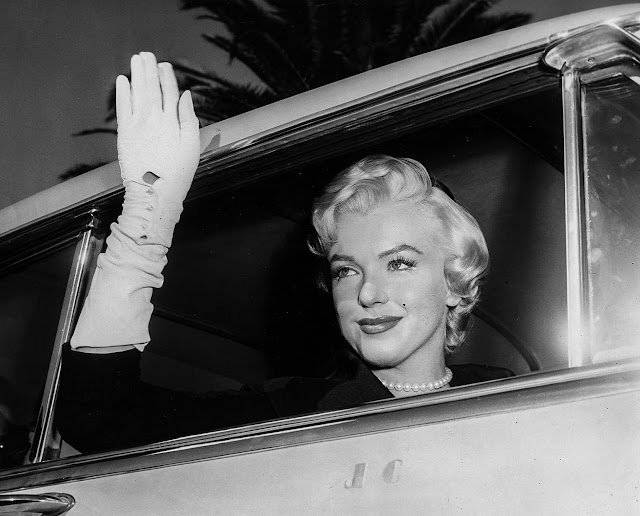Can Elfdalian Survive as a Living Link to the Viking Age in a Modern World?
In the heart of Sweden, where snow-dusted forests cradle quiet valleys, a rare language whispers across the pines. Elfdalian (Övdalsk), spoken by a small community in Älvdalen, is more than a dialect — it is a living echo of the Viking Age. Rooted in Old Norse, Elfdalian preserves a worldview, a rhythm, and a soul that mainstream Scandinavian languages long left behind. To hear it spoken today is to catch a glimpse of ancient sagas, of runes carved into wood, of voices that once traveled with Viking explorers across oceans.
Yet, as the modern world accelerates, this fragile tongue — with only around 3,000 speakers left — teeters on the edge of silence. Its fate poses a profound question: can Elfdalian survive as a living link to the Viking Age in a globalized, digital world?
A Time Capsule of the Viking World
Most languages evolve quickly, shedding old grammar and absorbing new words until their origins blur. Swedish itself, like Danish and Norwegian, became streamlined over centuries into the modern North Germanic tongues we know today. Elfdalian, however, resisted that tide. Isolated in the deep forests of Dalarna, it preserved features of Old Norse that vanished elsewhere — nasal vowels, complex verb endings, and an almost musical melody of speech.
Even more astonishing, Elfdalian continued using runic writing until the early 1900s. While the rest of Scandinavia adopted the Latin alphabet centuries earlier, villagers here still scratched runes onto wood and stone, not out of nostalgia but out of everyday habit. For linguists, this made Elfdalian a “linguistic fossil,” a rare time capsule that bridges the modern era with the Viking world.
Why Elfdalian Matters Beyond Sweden
At first glance, the survival of one tiny language might seem a local matter. Yet the story of Elfdalian carries global weight. Languages are more than tools for communication — they encode culture, memory, and identity. To lose one is to lose an entire way of seeing the world.
For the Elfdalian people, their dialect is a vessel of belonging, tying them to ancestors who lived and spoke in this valley for over a thousand years. For the rest of us, protecting Elfdalian means protecting one of the last direct connections to the Viking Age, a period that shaped much of Northern Europe’s history.
In an age when heritage tourism, ancestry research, and historical storytelling are flourishing online, Elfdalian offers a unique draw. It is not just a museum relic; it is a living language spoken by real families, carrying within it the essence of sagas once sung by skaldic poets.
The Struggle Against Silence
Despite its treasures, Elfdalian faces the same pressures that countless minority languages endure: modernization, urbanization, and the dominance of a national tongue. For decades, speaking Elfdalian was discouraged in schools, and children were urged to adopt standard Swedish for education and careers. As a result, many younger generations grew up passive listeners rather than active speakers.
Today, only a fraction of Älvdalen’s population uses Elfdalian fluently in daily life. The average speaker is aging, and with each funeral, another thread of living history risks being severed. It is a sobering reality: without intervention, Elfdalian could vanish within a century.
Sparks of Revival: Education and Technology
Yet hope glimmers in this secluded valley. Local schools have begun teaching children in Elfdalian, giving them the chance to grow up bilingual. Cultural organizations publish books, comics, and even children’s stories in the dialect, weaving it back into everyday life.
Digital tools are also playing a role. Mobile apps and online dictionaries now exist to help learners engage with Elfdalian. Social media groups create spaces where speakers can connect across generations, practicing the dialect in new and creative ways.
Imagine a teenager texting in runes — not as an antiquated gesture, but as a vibrant expression of identity. This blending of tradition and technology might be the key to Elfdalian’s survival in the 21st century.
A Global Responsibility: Why We Should Care
The survival of Elfdalian is not just Sweden’s responsibility; it is part of humanity’s shared heritage. Around the world, over 40% of languages are endangered, many with fewer than a thousand speakers left. UNESCO has long warned that when a language dies, humanity loses centuries of wisdom — in ecology, medicine, and storytelling — that no translation can fully capture.
For Elfdalian, the stakes are even higher. It is one of the few surviving linguistic bridges to the Viking Age, carrying echoes of a civilization that shaped trade, exploration, and cultural exchange across continents. To preserve Elfdalian is to preserve part of the foundation of Northern Europe’s history — and by extension, the story of global civilization.
Can Elfdalian Survive?
The question lingers: can this fragile tongue endure in a world dominated by English, Swedish, and other global languages? Survival will not be easy, but it is possible. The key lies in intergenerational transmission — children learning to speak, sing, and dream in Elfdalian.
If the younger generations of Älvdalen can reclaim pride in their language, it will not merely survive as an academic curiosity but thrive as a living community voice. Tourism, cultural festivals, and online platforms could all amplify its presence, turning what was once a hidden valley tradition into a story of resilience shared worldwide.
A Living Bridge to the Past
Standing in Älvdalen today, one can imagine the sound of hoofbeats in snow, the crackle of a fire in a wooden cabin, and voices weaving tales in a dialect older than nations. Elfdalian is not just a language; it is living proof that history breathes, that the Viking Age is not buried but alive in syllables spoken by grandparents to grandchildren.
The fight to save Elfdalian is more than a local cause. It is a stand against the erasure of memory, a defense of humanity’s right to diversity, and a reminder that even in an interconnected world, small voices matter.
If Elfdalian survives, it will not merely be a language preserved — it will be a triumph of cultural resilience, a bridge across a thousand years, carrying the spirit of the Vikings into the future.
The fate of Elfdalian rests in our collective hands. Through education, digital innovation, and global awareness, this rare tongue has a chance to thrive again. For Sweden, it is a matter of identity. For the world, it is a matter of heritage.
In saving Elfdalian, we preserve not just a dialect but a worldview, a living connection to the Viking Age, and a testament to humanity’s enduring diversity. As globalization races forward, Elfdalian reminds us that some treasures are not found in technology or profit, but in the fragile syllables that echo across generations.
The question is no longer whether Elfdalian can survive, but whether we, as a global community, will choose to let it.






